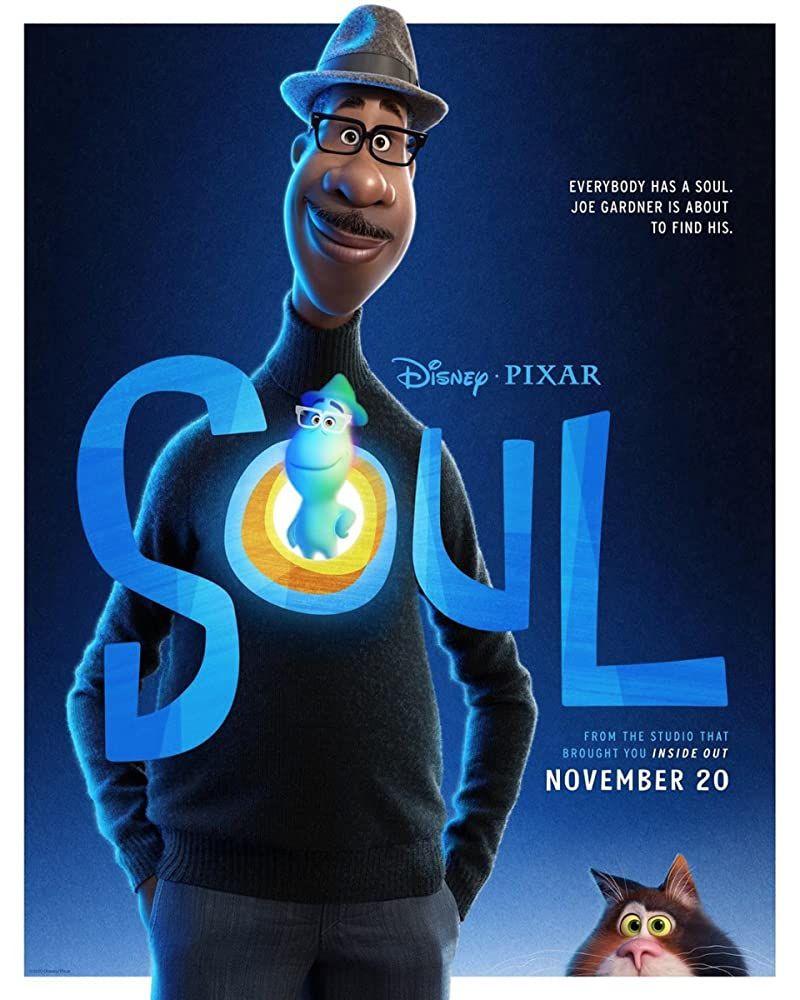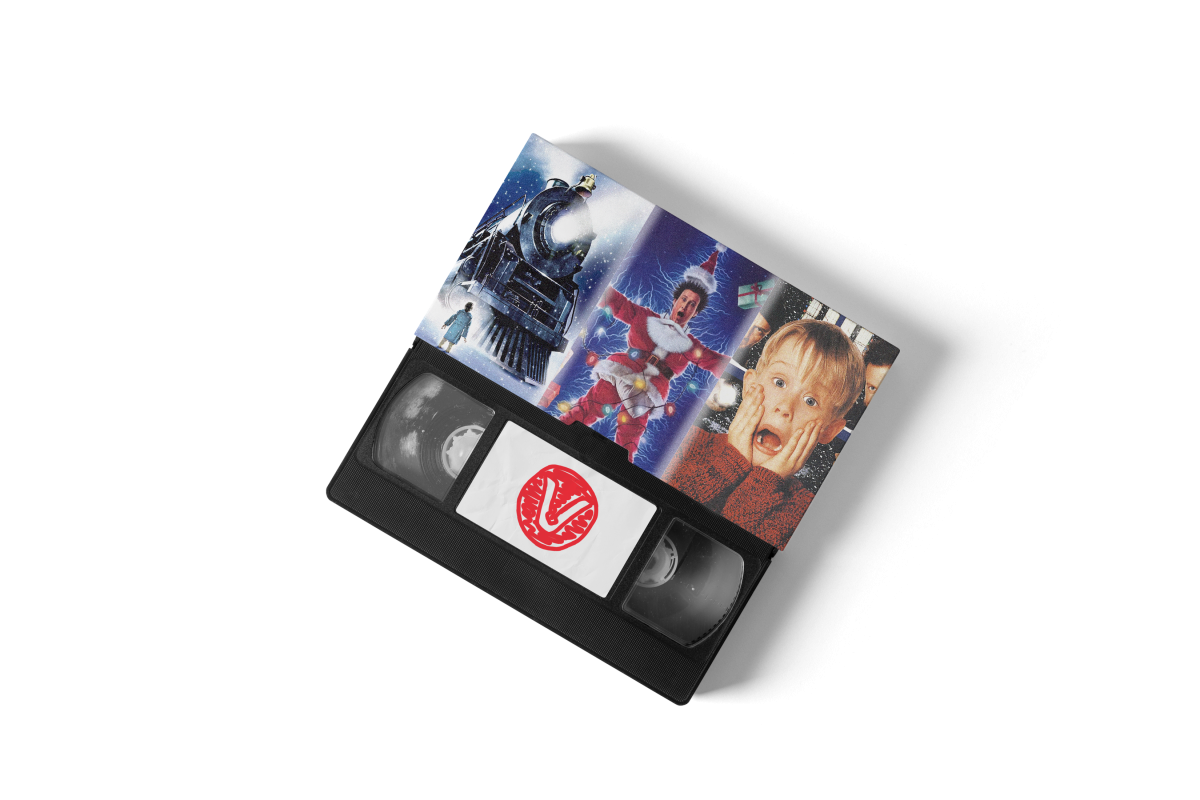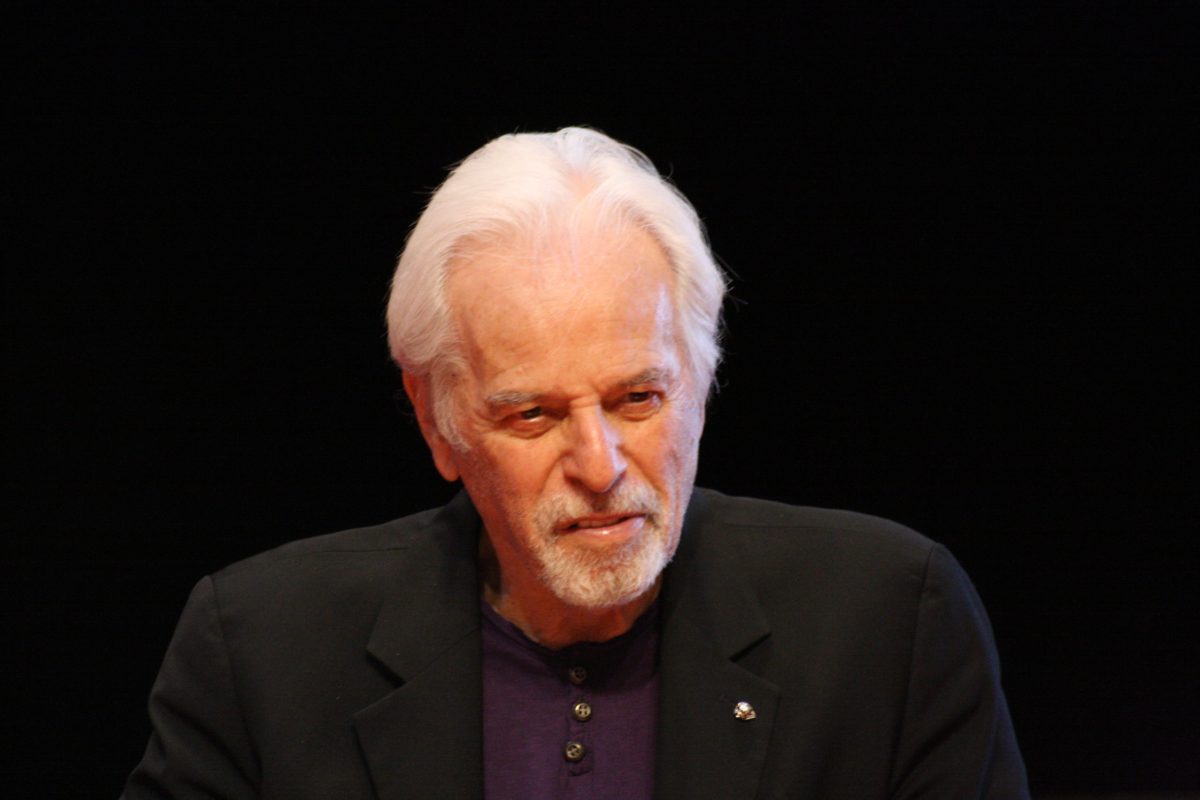By: Scott M. Waldman
The sun has risen to greater heights and temperatures have finally gone to values above 50°F. Time at the beach, spontaneous vacations to desert islands, and a plethora of big-name films to be watched in dark theaters all mean summer is upon us.
The films in question are hyped throughout the year with trailers and teasers. Some were possibly first sighted a year or more before their respective premieres. The main idea of these summer films is to draw in a lot of people, enough to break a certain box office.
These films are also extremely strategic in terms of the date a film is released before or after an expected success. An early example of this release-date strategy in action is Batman v Superman: Dawn of Justice (2016) jumping from their original time slot to a later date. Why? With the change, Warner Bros. would not have to duel against Marvel’s Captain America: Civil War (2016) that would have premiered a week later.
In itself, the summer season marks the beginning of a competition to see which studio or filmmaker can perform best in terms of how well you, the viewer, are interested in the work given. The season also makes it possible for other films throughout the year to be made/viewed (no pressure).
The summer blockbuster season begins in early May. In January, many trailers and warnings are released as constant reminders of the premiere being a specific period of time away. After being bombarded with all of the clips (which usually give away the plotline of the film for free), we, the viewer, request more footage and travel to the theater to finish the tale the trailers teased.
Why summer serves as the time of film’s uplift is a complete mystery. The only observable patterns during the summer are that the majority of students are off from school and most employees often use vacation time during this season. People are generally free to roam among the daylight as they please. So why travel to the theater? My guess is that because teasers/trailers are released during the winter as reminders that summer is approaching and that you shouldn’t just grab a towel for the beach, but also a ticket to the next new flick.
The summer season is also holds a secret war hidden by posters and clips. All the film companies show off their best work during this time because audiences are generally more available and also because it will solidify “Who’s the Best” in terms of attendance and box-office totals for that year. This poster-release strategy is basically a race to see which studio can “one-up” the others. Once a victor is declared, there is an announcement of a sequel to whatever caused the studio’s success for the next summer.
The whole “If it ain’t broke, don’t fix it” cycle continues on in the Marvel Cinematic Universe with The Avengers: Age of Ultron (2015).
During this season of competition, it might be a better alternative to not just see the major releases, but to look for the unknown and independent projects as well just to keep up to date with what film has evolved to. We can’t all watch explosions forever, and watching the next great innovators of film could cause the next Nolan or Abrams (both summer blockbuster successes) to emerge.
Why spend all three months of break in the sun when you can relax in a nice, cold, and dark theater with a drink, some popcorn, and possibly one of the year’s most entertaining new releases? That previous sentence is the aim of the blockbuster. These films literally draw you in and give a reason to use a rainy day to its advantage. It is the holiday season for film where some of the most glamorous or action-packed featurettes hit the screen and send you, the viewer, packing for a trip to the theater. This time of sunshine fuel the industry and the companies that supply many of your favorite scenes on screen over the year.
Let’s keep the industry thriving over the season off, but don’t spend too much time inside. There’re more stories to explore beyond the screen.
Enjoy the break.






























